When it comes to residential heating and cooling systems, few types of systems are as energy efficient as heat pumps.But what exactly are they and how do they work? In short, a heat pump is simply an electrical device that is capable of transferring heat from one place to another. Though it may seem counterintuitive at first, heat can actually be extracted from cold air and added to warmer air.
To explain this in a more practical manner, let us step back a little bit to understand the basics. First of all, for the sake of an analogy, let’s imagine heat as a big body of water. Logically, water would flow from a higher place to a lower place. Similarly, heat naturally flows from a hotter place to a colder place.
So how is it that we can extract heat from a cold place and send it to a warmer place? Well, it is a little bit like moving water from a low place to a high place. All you need is a pump! Heat is actually defined by the movement of the molecules that make up matter. So in essence, all of the air in the world that is warmer than absolute zero (-273 °C, the temperature at which molecules actually stop moving) contains some amount of heat. So technically, it is possible to extract heat from air of any temperature and send it somewhere else, all it takes is a little energy.
 |
|
|
Heat pumps are actually quite commonly used in our everyday lives. In fact, this process is happening almost all the time in your home right now, as refrigerators are actually a typical form of heat pump.
Heat pumps are able to extract heat from air by using a liquid refrigerant (more on this later) to absorb and remove heat and what’s known as the vapour-compression refrigeration cycle, which is a fancy name for a thermodynamic process that is commonly used for heat transfer applications.
There are four basic steps to this:
- The process starts where the refrigerant is in a state known as a saturated vapour. This saturated vapour enters a compressor where the pressure is increased and, consequently, the temperature as well.
- 然后,热蒸汽通过冷凝器,在那里凝结成液体。冷凝的结果是制冷剂失去了它的热量。这就是现在发生在你的家用冰箱里的事情,以及为什么冰箱后部是温暖的。
- The liquid refrigerant then passes through an expansion valve, where the pressure drops and the liquid becomes much colder. At this point, the fluid is typically colder than the space that needs to be cooled.
- 最后,冷流体,现在由于压力降部分蒸发,通过一个蒸发器,通常由一个盘管或长管组成。然后用风扇将空气吹过线圈或管子,使空气冷却。This causes the refrigerant to evaporate within the tubes, returning it to its original saturated vapour state.
Basically, what is going on is that a refrigerant is being forced to go through cycles of condensing and evaporating where the temperature and pressure rise and drop significantly. These temperature fluctuations are then used to heat or cool a stream of air or water, depending on the application.
So that explains a bit about the science behind heat pumps, but what exactly is it that makes heat pumps so interesting for residential heating and cooling applications?Which are the best heat pumps for efficiency and reliability and which work best in cold climates?热泵的优点是相当多的,让我们通过其中一些现在。
What are the advantages of heating with a heat pump?
首先,运行热泵中的压缩机和风扇或泵所需要的能量通常大大少于可移动的热量,或在实际中,“产生”的热量。热泵性能通常是通过所谓的“性能系数”或COP来衡量的。COP是传递的热量,或移动的热量,除以移动热量所需的能量。一个普通的住宅热泵的COP通常在3左右,这意味着你每向系统输入一单位的能量,就会转移3单位的能量。当你把它与电踢脚板加热器相比时,它的COP是1(你把每一单位的能量输入到你的电踢脚板,出来的是热量),热泵突然变得相当有吸引力!
Another interesting advantage of heat pumps compared to other residential heating or cooling systems is that a heat pump can actually be configured to do both heating and cooling. The thermodynamic cycle described above can actually be reversed in order to switch it from one function to the other. Instead of taking heat from outside to heat your home on the inside, you can also take heat from inside and throw it outside in order to cool your home.
这可以帮助你节省购买价格和维护成本,因为你将有一台机器做的工作,以前由两台。这也可以帮助您节省地下室存储空间,因为热泵通常比同等的煤气炉和空调组合更小。
Other interesting advantages include increased indoor air quality, since there are no fuels being burned and exhausted and the system will always add fresh air into your home. Heat pumps are also quite versatile; they can be used to heat incoming air from the outside, or as an air-to-water heat pump for generating residential hot water. Heat pumps are also used in conjunction with geothermal heating and cooling, where the heat is either taken from, or added back to the ground.
Heat pumps may sound like a pretty magical device that can accomplish anything; however they do have a few important downsides. First of all, their performance is very much dependent on the climate. In very cold climates where the temperature often drops below -10 degrees Celsius, heat pumps can become less effective.
Although heat can still be extracted from cold air, only the best heat pumps are suited to very cold temperatures for two reasons: 1) the COP tends to drop significantly in very cold weather, thus negating the efficiency advantage; 2) In colder climates such as most of Canada, the heating demand of a home tends to be much higher than the cooling demand. So much so that in moderately insulated homes it can be impractical to have a heat pump as the sole source of heat.
Do heat pumps work in cold climates?
Generally speaking, in colder climates, unless you have an exceptionally efficient home, it is usually recommended to back up your heat pump with electric baseboards or some other form of heating to ensure the house stays warm during the coldest days of winter.There is an argument that can be made, however, for investing in additional insulation in new homes rather than additional heat generation, so that the heat pump can operate at a more optimal efficiency since less capacity would be required.
Also, with the right amount of insulation and a properly designed home for passive solar heat gains, it is even possible to safely heat your home during the coldest days of winter with only a heat pump. Take note that although the system may save you money in the long run, the initial costs of heat pumps tend to be a bit higher than other systems, especially if a second backup system is also required.
Lastly, the heat generated by a heat pump is typically less intense than a conventional gas furnace. For example, a heat pump typically generates heat at temperatures between 32 and 37 degrees Celsius, which is slightly lower than your body temperature. By comparison, a typical natural gas furnace will generate heat at closer to 50 degrees Celsius, which is much more comfortable on a cold winter day. Some people find this lower temperature heat a little uncomfortable in colder weather, particularly in a poorly insulated house.
So if you’re in the market for a new central heating and cooling system for your home, you should definitely consider a heat pump for your heating and cooling needs. How much sense it makes will depend on how well insulated your house is.
在一个超级绝缘的房子里,热泵可以提供你需要的所有热量和舒适,但在一个按规范建造的房子里,你可能需要一个备份。因此,作为一个房屋所有者和建筑商,这就是你需要在投资绝缘或额外的供暖系统之间做出决定的地方。无论哪种方式,热泵绝对是一种非常有效的家庭供暖和冷却源,在许多情况下,优点可以超过缺点。
We also have anair-to-water hybrid electric heat pump hot water heaterthat borrows that efficiency and significantly cuts the energy required to meet our domestic hot water needs.
Now you know aboutheat pumps and how they work, learn more aboutefficient home heatingandhow to reduce the carbon footprint of homeson the following pages and in the EcoHomeGreen Building Guide.
Find more aboutgreen home constructionand reapthe benefits of a free Ecohome Network Membership here. |


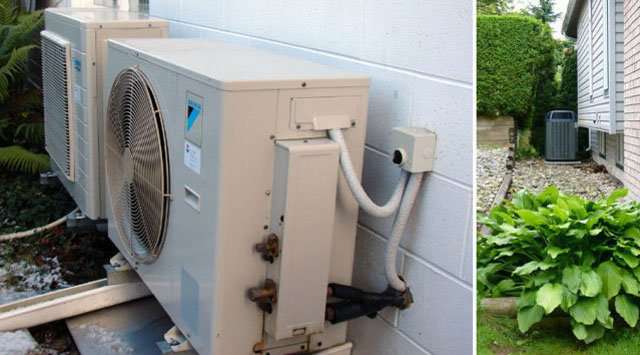












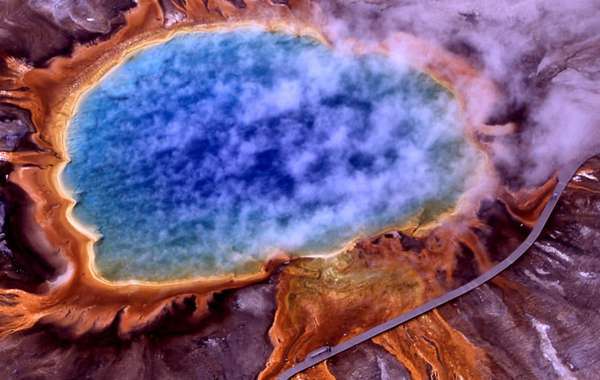
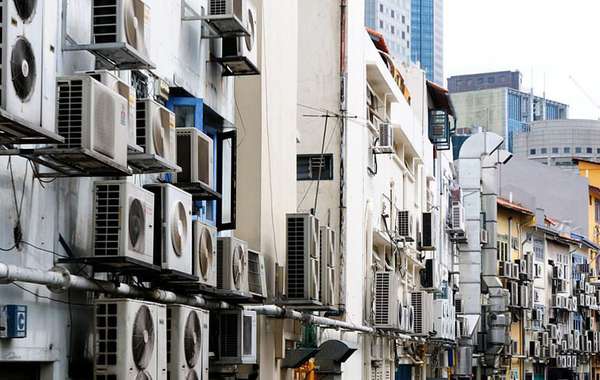

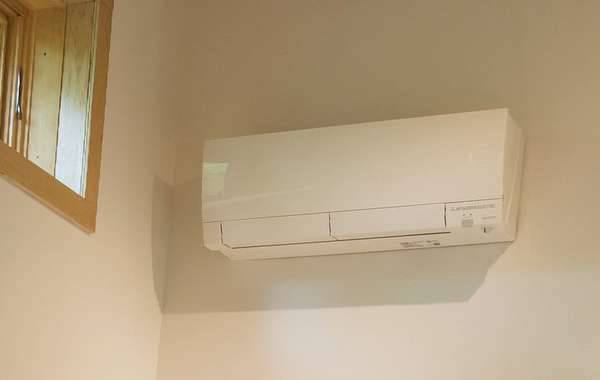
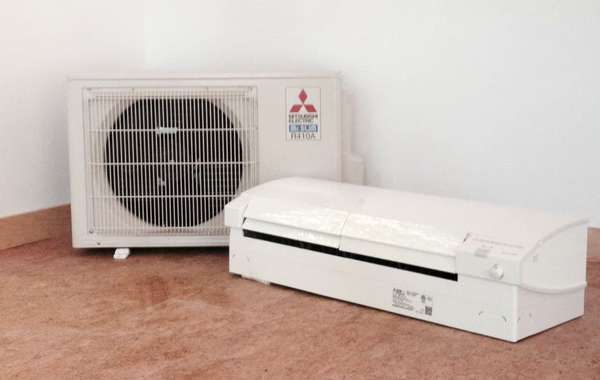
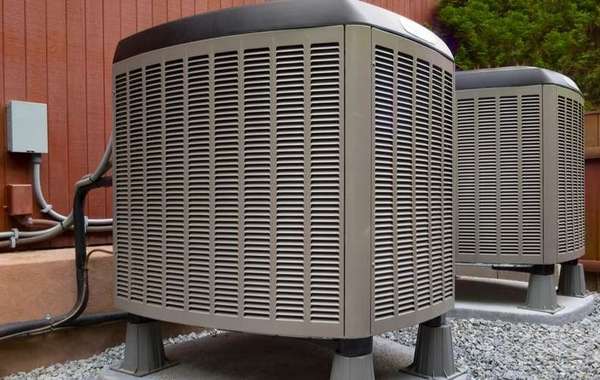
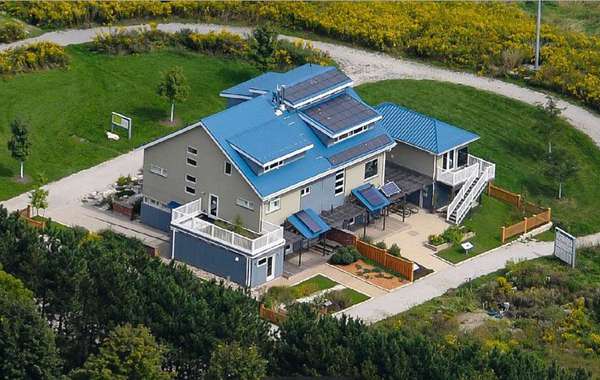
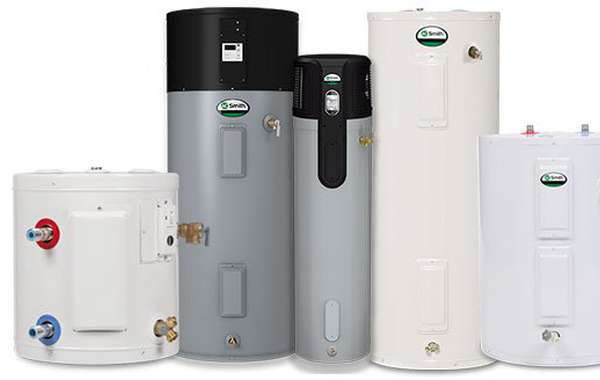
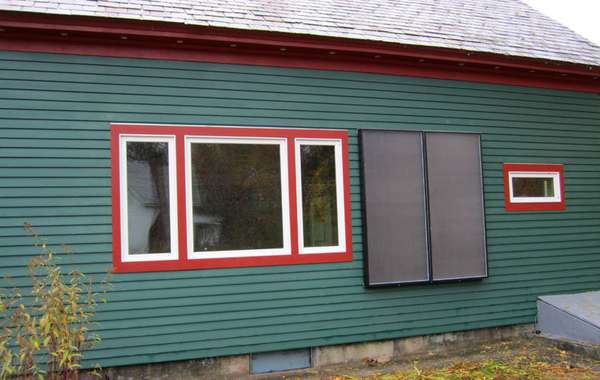
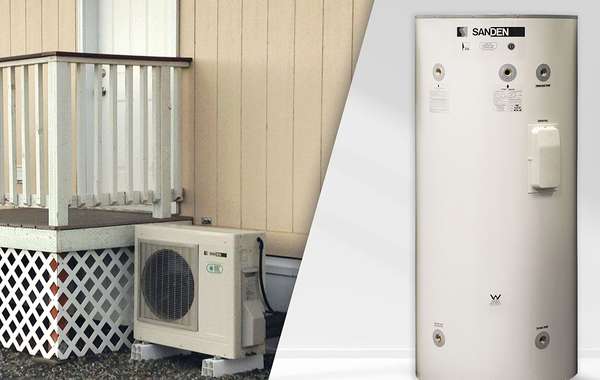
Comments (0)
Sign Up to Comment